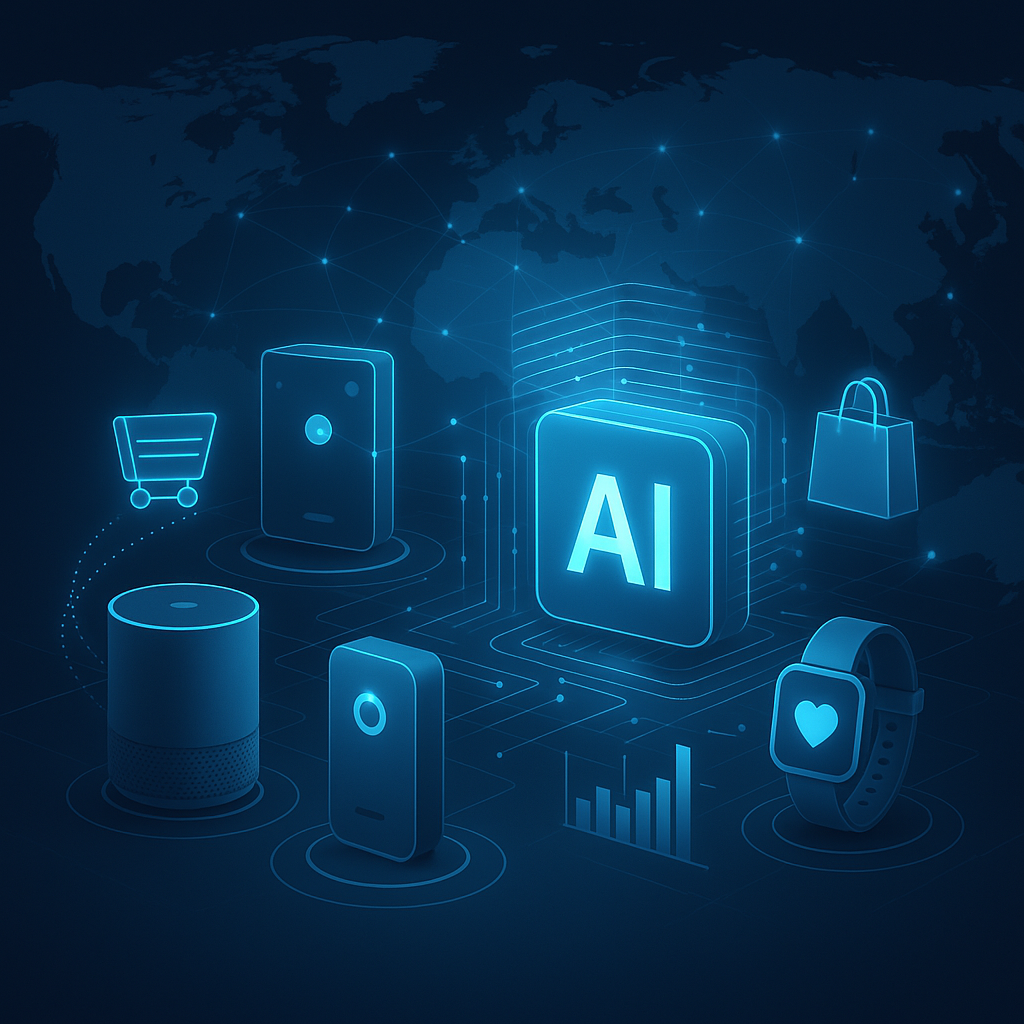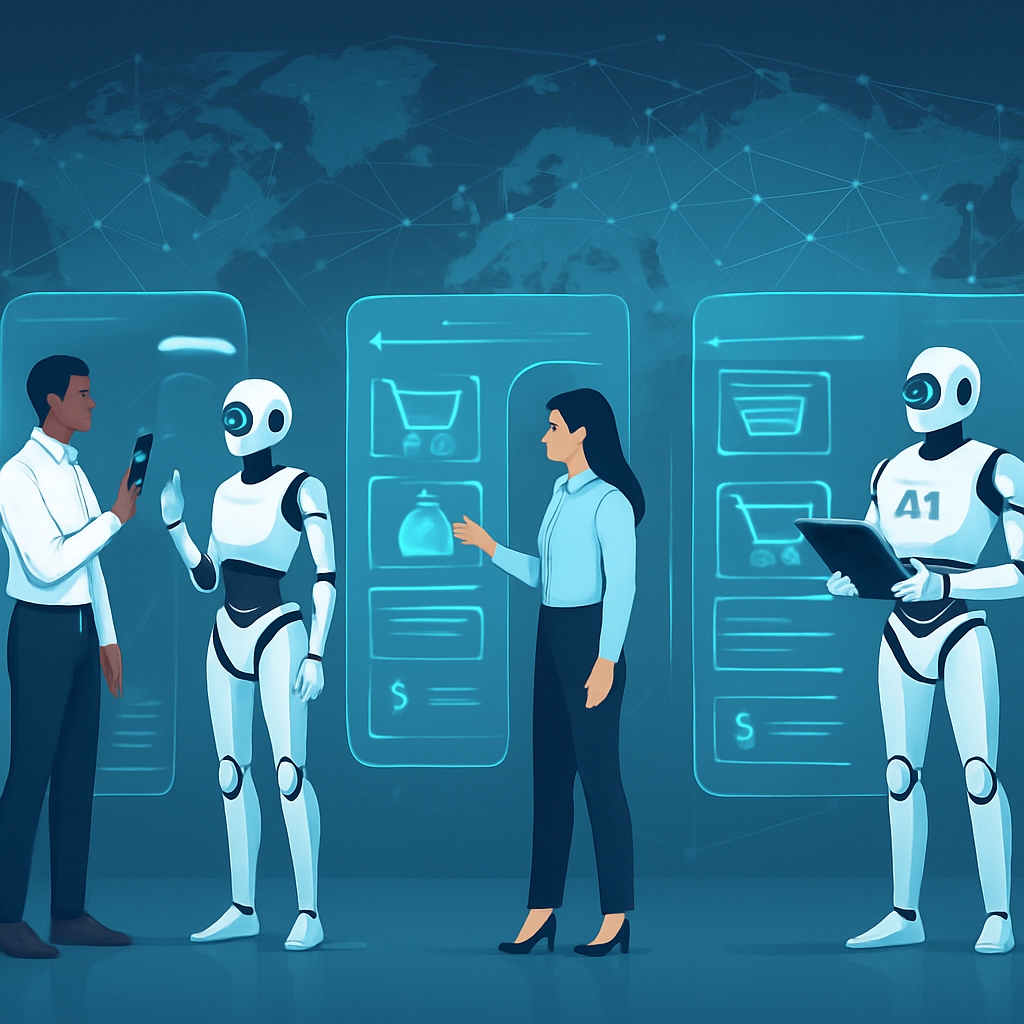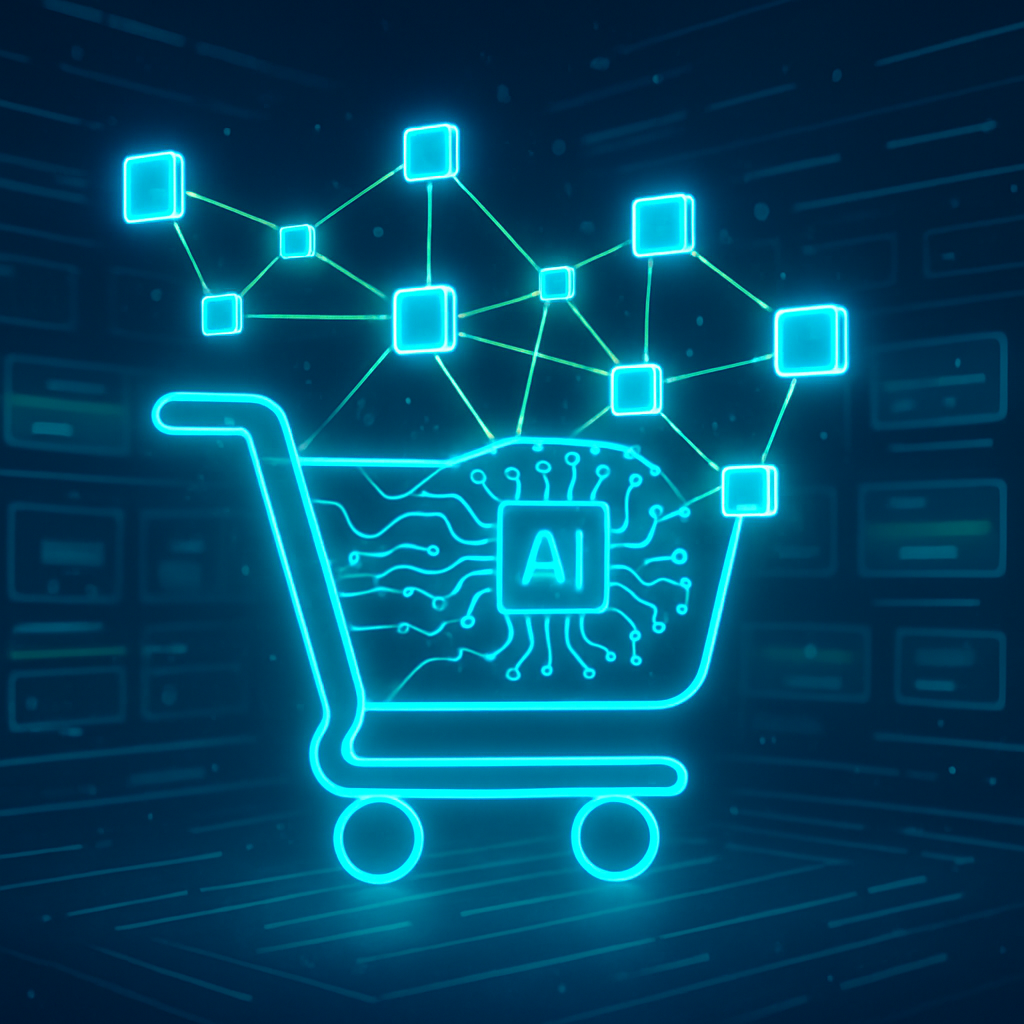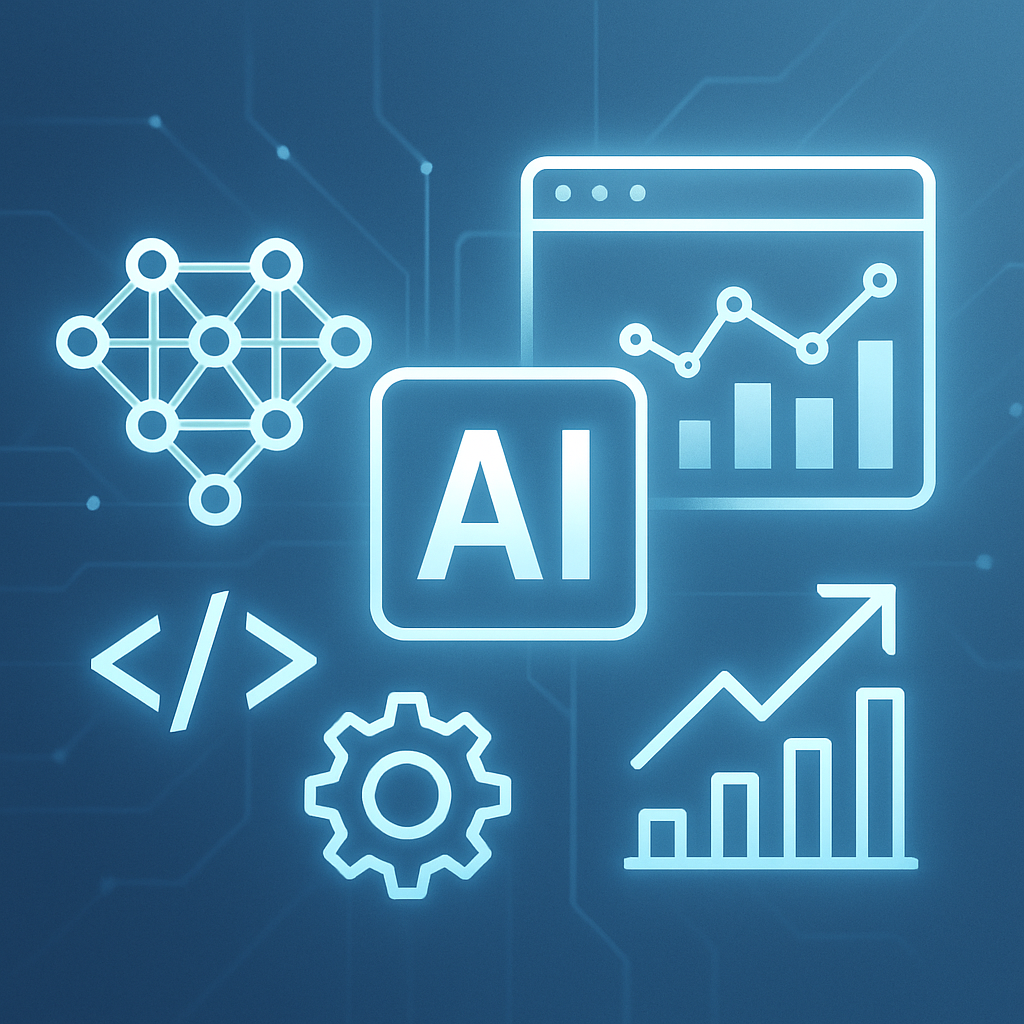
Harnessing AI and AIoT to Transform E-Commerce & Digital Marketing
Category: eCommerce
Introduction: The Convergence of AI and AIoT in E-Commerce
In 2025, the digital landscape is undergoing unprecedented transformation powered by three intertwined forces: artificial intelligence (AI), the Artificial Intelligence of Things (AIoT), and e-commerce solutions. While AI’s role in digital marketing and customer personalization has been steadily advancing, the fusion with AIoT—where smart devices communicate intelligently—heralds a new frontier for businesses seeking to revolutionize their strategies and customer experiences.
Understanding AI and the Artificial Intelligence of Things (AIoT)
Artificial Intelligence in Digital Marketing
AI harnesses data analytics, machine learning, and natural language processing to create personalized marketing campaigns, optimize content delivery, and automate customer interactions. Marketers use AI-powered algorithms to analyze behavioral patterns, predict purchase intent, and dynamically adjust bids and targeting in real-time.
What is AIoT?
The Artificial Intelligence of Things (AIoT) combines AI with the Internet of Things (IoT), allowing interconnected smart devices—such as sensors, wearables, and smart home products—to collect, analyze, and act upon data autonomously. This network empowers businesses with richer insights and real-time responsiveness beyond traditional AI systems.
The Synergistic Impact on E-Commerce Solutions
Smarter Supply Chain and Inventory Management
AIoT devices embedded in warehouses and shipping fleets provide real-time tracking and condition monitoring. Combined with AI-driven predictive analytics, e-commerce companies can anticipate demand shifts, dynamically adjust stock levels, and optimize delivery routes, minimizing costs and reducing delays.
Hyper-Personalized Customer Experiences
E-commerce platforms leverage AIoT through connected customer devices—smartphones, voice assistants, and smart appliances—to capture contextual data such as user preferences, habits, and environmental factors. AI then personalizes product recommendations and promotions that dynamically adapt to the individual’s context, enhancing engagement and conversions.
Enhanced Augmented Reality (AR) Shopping
Integrating AIoT with AR devices enables customers to virtually try products with precise environment sensing. For instance, smart mirrors with AI analyze facial features and lighting conditions to recommend beauty products, while smart furniture apps visualize items scaled to the user’s real room layout, elevating confidence in purchase decisions.
Revolutionizing Digital Marketing Strategies with AI and AIoT
Dynamic, Context-Aware Advertising
AIoT devices enable marketers to deliver adverts that respond to immediate surroundings and user conditions. For example, advertisements shown on smart billboards near shoppers can tailor offers based on detected foot traffic patterns, weather changes, or even recent purchase history transmitted from consumers’ wearable devices.
Optimizing Omni-Channel Campaigns
The integration of AI and AIoT creates a unified customer data ecosystem, breaking silos between online, in-store, and mobile interactions. Marketers gain the ability to orchestrate seamless campaigns that anticipate customer needs, delivering consistent messages whether a consumer is browsing a website, interacting with a chatbot, or entering a physical store equipped with smart sensors.
Proactive Customer Support and Chatbots
Advanced AI chatbots now leverage AIoT data streams to understand environment-specific issues. For example, a smart appliance user reporting a malfunction can receive diagnosis and solutions tailored to the appliance’s sensor data in real time, improving customer satisfaction and reducing support overhead.
Real-World Applications and Case Studies
Example 1: AIoT-Enabled Apparel Retailer
An international apparel brand uses AIoT sensors in physical stores to track customer movement and dwell times at displays. AI algorithms analyze this data with online browsing patterns to curate personalized product offers sent via mobile apps, resulting in a 20% uplift in both in-store and online sales.
Example 2: Smart Home E-Commerce Platform
A smart home device retailer employs AIoT integration where products communicate usage data back to the AI system. Marketing campaigns dynamically adjust bundles and maintenance offers based on real customer usage patterns, fostering higher lifetime value and brand loyalty.
Challenges and Considerations
Data Privacy and Security
The aggregation of personal and environmental data raises significant privacy concerns. Companies must implement robust data governance, transparent consent protocols, and ensure compliance with evolving international regulations.
Integration Complexity
Seamlessly connecting diverse AIoT devices and AI platforms requires sophisticated infrastructure and inter-operability standards. Investment in flexible, scalable architecture becomes critical for success.
The Future Outlook
As AIoT technology matures, its role in e-commerce and digital marketing will deepen, driving hyper-connected customer journeys and fully autonomous commerce ecosystems. Businesses that embrace this convergence will redefine customer engagement paradigms and unlock innovative value streams.
Conclusion
In 2025, harnessing AI and the Artificial Intelligence of Things is not just an option but a strategic imperative for forward-thinking enterprises in e-commerce and digital marketing. These technologies collectively enable smarter solutions that transcend traditional limits—enhancing operational efficiency, enlivening customer experiences, and pioneering new marketing frontiers in an increasingly interconnected digital world.
Related Articles

Mastering Seamless Integration: Advanced Coding in Digital Ecommerce
Explore how advanced coding techniques transform digital ecommerce by enabling seamless integration,...

Harnessing Intelligent Machines to Revolutionize Digital Ecommerce Strategy in 2024
Intelligent machines are reshaping the ecommerce landscape in 2024, enabling brands to optimize stra...

How AI and Blockchain Are Transforming Digital Commerce Experiences
The intersection of AI and blockchain is revolutionizing digital commerce, enhancing security, perso...
Recent Posts

Maximizing Website Performance: Cutting-Edge WordPress Optimization in 2025

Boosting Customer Engagement Through Custom Software and WordPress

How Custom Software Development is Revolutionizing Online E-Commerce Business Success

Mastering Seamless Integration: Advanced Coding in Digital Ecommerce





